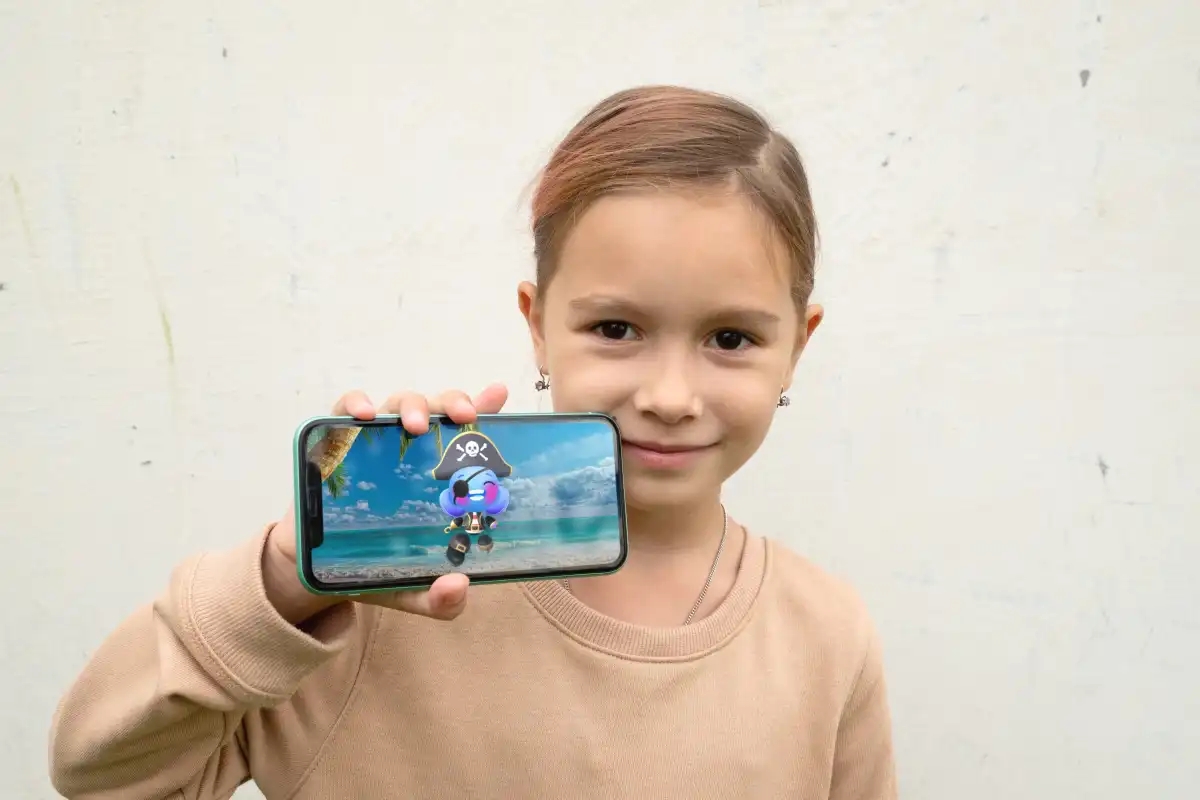Another month, another full plate of piping hot news from the ever-changing world of game-based learning. From AI-powered language tutors to groundbreaking research on VR in education, we’ve got an exciting mix of developments to share. Let’s dive into the latest news shaping how we learn through play!
Virtual reality is proving to be more than just an immersive gaming experience. A groundbreaking study from three Taiwanese elementary schools has demonstrated that VR-based review games significantly enhance students’ ability to learn and present scientific concepts in a second language. The research, published in Humanities and Social Sciences Communications, found that students using VR games for content review outperformed their peers using traditional PowerPoint presentations, particularly in areas of content mastery and cognitive engagement.
What makes this finding particularly exciting is its implications for Content and Language Integrated Learning (CLIL) – an educational approach where students learn subject matter in a non-native language. The study suggests that VR’s immersive environment might be the key to helping students tackle the dual challenge of mastering both complex content and a new language simultaneously.
(Photo courtesy of K-State)
While VR captures headlines, traditional tabletop games are finding new life in education. Kansas State University’s Game Lab is pioneering research into how analog games can enhance learning. The lab, which opened its doors to a broader audience this semester, serves as both a gaming space and a research facility where students and faculty explore the educational potential of everything from Dungeons & Dragons to original educational games.
“Games have the power to change lives,” says associate professor Brad Burenheide, who co-created the lab. The facility isn’t just about play – it’s actively developing educational games for classroom use and even launching a new academic journal called “Games in Learning and Teaching” to share their findings with educators worldwide.

(Image courtesy of Buddy.ai)
In a significant development for educational technology, Buddy.ai has secured $11 million in seed funding to expand its AI-powered language learning platform for children. The platform uses an animated, conversational AI character to help kids learn English as a second language, turning language practice into an engaging game-like experience.
What sets Buddy.ai apart is its focus on young learners and its sophisticated ability to understand children’s voices speaking in various accents and language backgrounds. With 55 million downloads and over 22 million annual students, the platform demonstrates the growing potential of AI-enhanced game-based learning.
(Image via Studio Zero/Atlus)
New tools are making it easier than ever to learn Japanese through video games and anime. Platforms like Migaku now allow learners to simultaneously view Japanese and English subtitles while gaming or watching content, creating instant flashcards complete with screenshots and audio snippets. While mastering Japanese remains challenging, these tools are transforming what was once a laborious process into an engaging, game-like experience. As this Polygon writeup demonstrates, there are tons of viable approaches – learners just need to find the one that fits their style!
(Image courtesy of Scientific Reports)
In an unexpected twist that might inspire new approaches to game-based learning, researchers have discovered that cats can learn word associations faster than human toddlers! A study published in Scientific Reports found that cats could learn to associate made-up words with specific images after just two 9-second lessons, while 14-month-old human babies typically need four 15-second lessons with more repetitions.
While this finding might not directly impact educational gaming, it’s objectively interesting, it involves cats (which are good), and it raises intriguing questions about how different species process and learn from audiovisual associations – a fundamental aspect of game-based learning.
–
So ends another roundup of updates from the always-compelling world of game-based learning. If you want to get involved with this fascinating industry, we’re here to help – for the last 20 years, we’ve been helping world-class organizations turn their educational missions into engaging digital experiences. Contact us today and get started building the future of education.